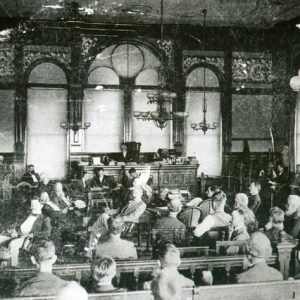 U.S. Courtroom at Fort Smith
U.S. Courtroom at Fort Smith
Time Period: Post-Reconstruction through the Gilded Age (1875 - 1900)
 U.S. Courtroom at Fort Smith
U.S. Courtroom at Fort Smith
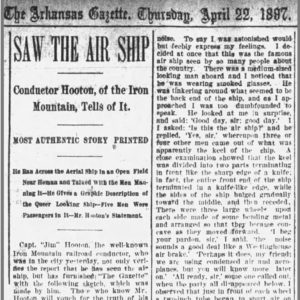 UFO Article
UFO Article
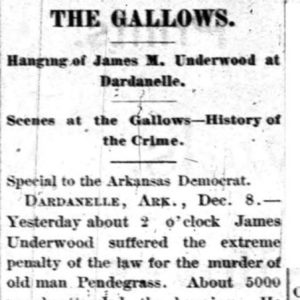 James Underwood Execution Story
James Underwood Execution Story
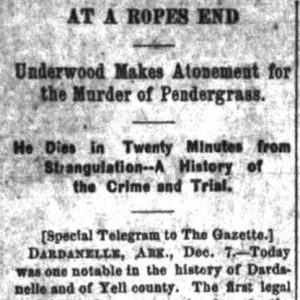 James Underwood Execution Story
James Underwood Execution Story
Underwood, James M. (Execution of)
 Union County Lynching
Union County Lynching
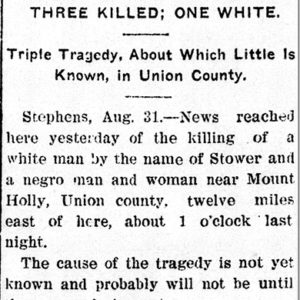 Union County Lynching Article
Union County Lynching Article
Union Labor Party
 Union Labor Party Article
Union Labor Party Article
United States v. Waddell et al.
 USS Olympia
USS Olympia
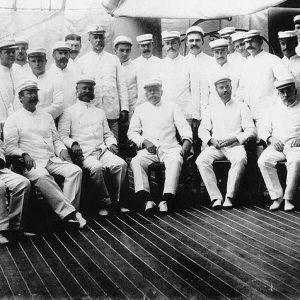 USS Olympia Officers
USS Olympia Officers
 USS Essex
USS Essex
 USS Maine
USS Maine
 USS Maine Destruction
USS Maine Destruction
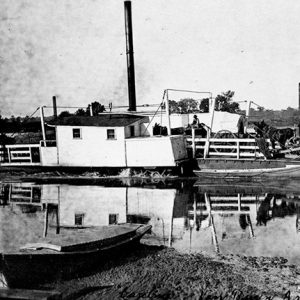 Van Buren Ferry
Van Buren Ferry
Van Buren Confederate Monument
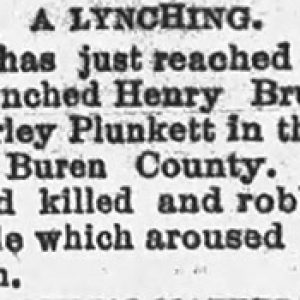 Van Buren County Lynching Article
Van Buren County Lynching Article
Van Buren County Lynching of 1894
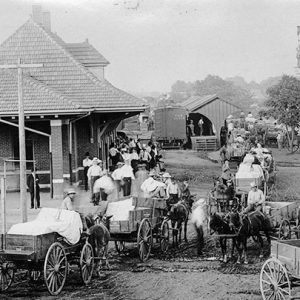 Van Buren Peach Harvesters
Van Buren Peach Harvesters
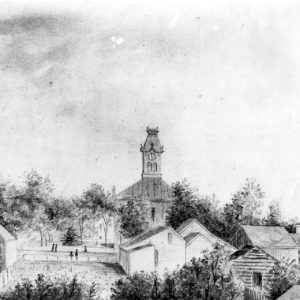 Van Buren Sketch by William Minor Quesenbury
Van Buren Sketch by William Minor Quesenbury
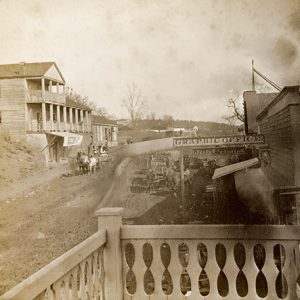 Van Buren Street Scene
Van Buren Street Scene
 Van Buren Street Scene
Van Buren Street Scene
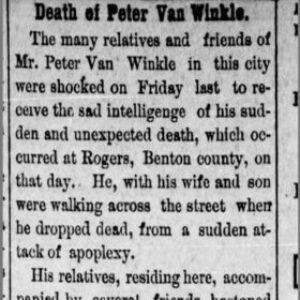 Van Winkle Death Story
Van Winkle Death Story
Van Winkle, Aaron “Rock”
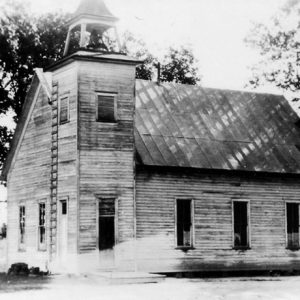 Vandervoort Methodist Church
Vandervoort Methodist Church
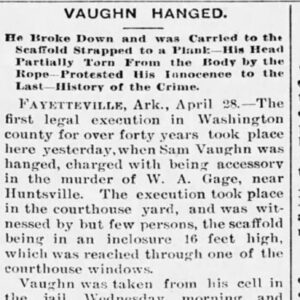 Sam Vaughn Execution Story
Sam Vaughn Execution Story
Vaughn, Samuel (Execution of)
Villa Marre
 Villa Marre Second Floor
Villa Marre Second Floor
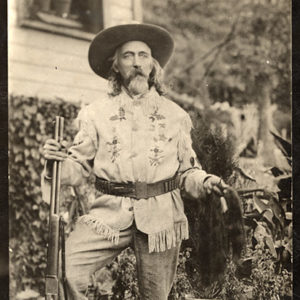 Carlos Von Berg
Carlos Von Berg
Von Berg, Charles Ludwig “Old Scout”
 W. H. Toland House
W. H. Toland House
Walker, Dock (Execution of)
Walker, James David
Walker, Nick (Execution of)
 Wallace Execution Article
Wallace Execution Article
Wallace, John (Reported Lynching of)
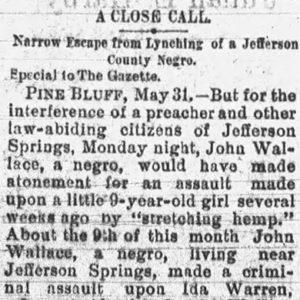 John Wallace Lynching Article
John Wallace Lynching Article
Wallace, Sidney
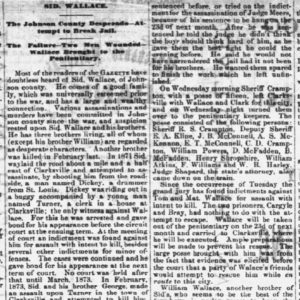 Sidney Wallace Article
Sidney Wallace Article
 Walnut Ridge and Hoxie Mule Car Line
Walnut Ridge and Hoxie Mule Car Line
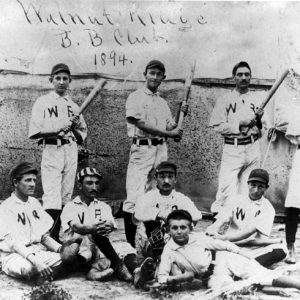 Walnut Ridge Baseball Club
Walnut Ridge Baseball Club
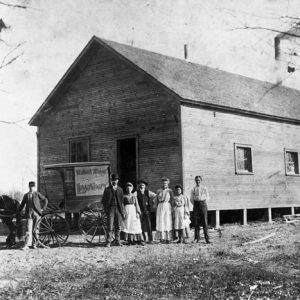 Walnut Ridge Laundry
Walnut Ridge Laundry
 Walnut Ridge Street Scene
Walnut Ridge Street Scene
 John Ward
John Ward
 Warden Murderers Sentenced
Warden Murderers Sentenced
Warden, Granville (Murder of)
Ware, Jim and Jack (Lynching of)
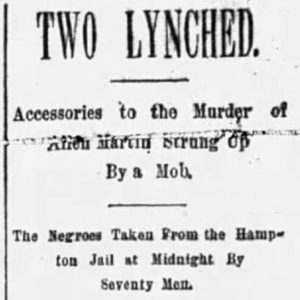 Ware Lynching Article
Ware Lynching Article




